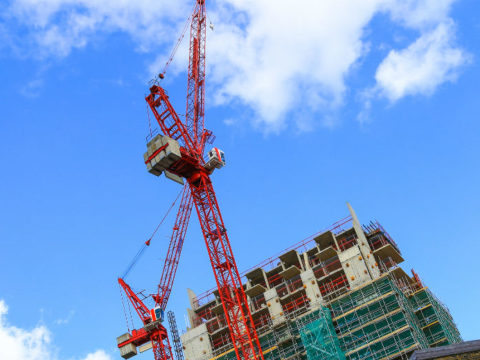Just two years after nearly half of manufacturers hadn’t even heard of the Internet of Things, a majority are already profiting from it.
That’s according to a new report from US business leadership organisation MPI, who have released the results of its 2017 Internet of Things (IoT) Study.
Alongside dramatic jumps in awareness of IoT initiatives among manufacturers, 72% of those who have invested reported an increase in productivity and 69% reported an increase in profitability, from application of the IoT to plants and processes.
What’s more, 65% reported increased profitability from sales of IoT-enabled products, such as homewares with embedded intelligence.
For the uninitiated, the Internet of Things refers to internet-enabled computing devices embedded in everything from kettles and fridges to smart apparel, cars and machinery. As well as producing and selling IoT-enabled devices, IoT tech can be used by factories themselves – improving production line efficiency and reducing downtime with smart, reactive processes.
Despite the encouraging results of the study, many manufacturers are still unsure how to get started with the IoT, leaving them at risk of falling behind.
John R. Brandt, CEO of The MPI Group, warns, “They risk permanent competitive disadvantage if they don’t start at least experimenting with the IoT now. Which begs the question: Why aren’t executives at these firms investing in the IoT?”
“For the second year in a row, they tell us that their biggest challenge is simply identifying opportunities to implement the IoT. In other words: “I don’t know where to start.””
Considering updating your processes? Talk to Safeguard about how your manufacturing insurance might be impacted.



